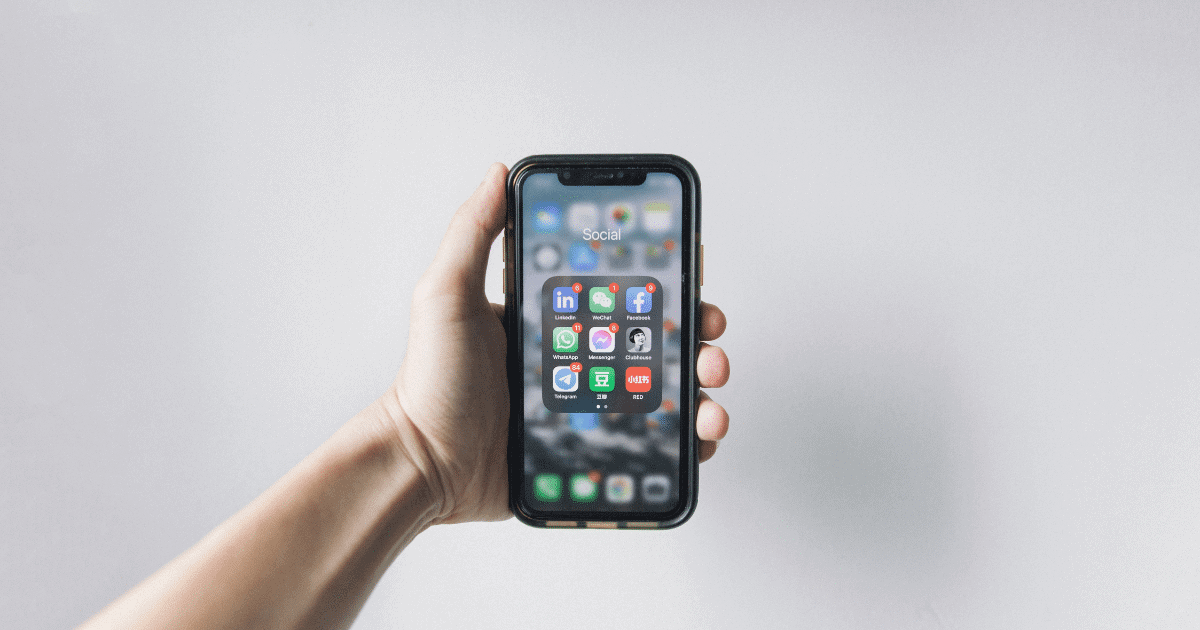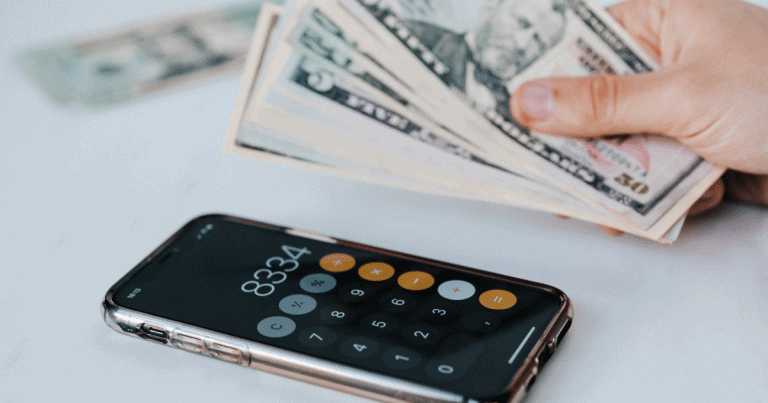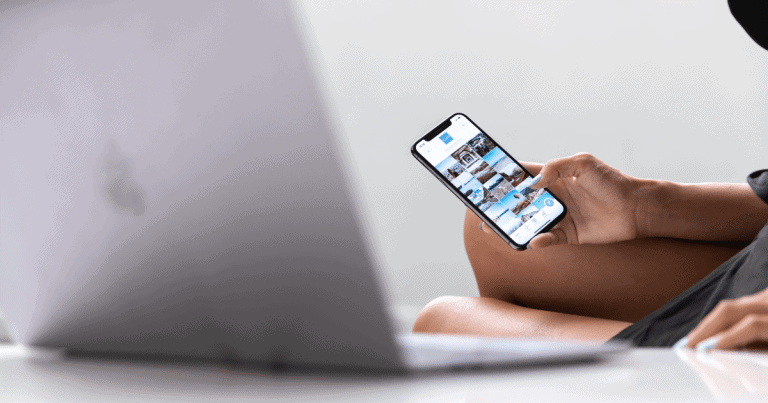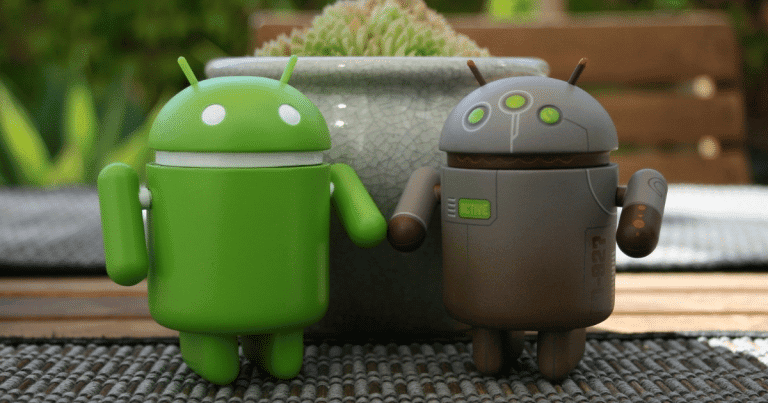How to Hide Apps in App Library
With so many apps, keeping them in order can be tricky. Like most of us at one time or another, you want to clean up your home screen or keep some apps private. Learning how to hide apps from the app library can help.
We’ll guide you step by step to hide apps on iPhones and Android.
Why Hide Apps?
There are many reasons you might want to keep certain apps hidden.
Privacy
Some apps may contain sensitive information or features you don’t want others to access easily, such as banking apps, private messengers, or health trackers. You want to hide these types of apps to add a layer of privacy to your device, which will make it harder for anyone else to find them if they borrow your phone.
For parents, you may want to hide specific apps to keep children from viewing the contents or making unauthorized purchases.
Organization
To reduce clutter in the app library, making it easier to find essential apps. Hiding apps that you don’t use often can help keep your home screen and library neat and organized.
Reducing Distractions
If you struggle with productivity, you’ll want to hide apps because it can reduce distractions. Hiding apps can help minimize distractions from games or social media by keeping them out of sight.
Whatever your reason, here’s how to hide apps on both iOS and Android.
Hiding Apps on iOS
On iOS devices, you can’t technically “hide” apps from the app library itself (as it is designed to show all apps installed on your device), but there are ways to limit app visibility on your home screen and app library. Here are a few methods:
Remove Apps from the Home Screen
iOS allows you to remove apps from the home screen without uninstalling them. Here’s how:
Tap and hold the app icon on the home screen until a menu appears.
Select “Remove App” from the options.
Choose Remove from Home Screen. This action moves the app to the app library only, making it less accessible but still installed on your device. This keeps the app in your app library without it cluttering your main screens.
Use App Folders for Organization
Although not a full hiding feature, creating folders can help reduce visible app clutter. You can group apps together in folders, then move lesser-used or sensitive apps into those folders. Here’s how:
Tap and hold an app icon until it starts wiggling.
Drag the app onto another app to create a folder.
You can name the folder if you want, then add more apps by dragging them in. Putting apps in a folder keeps them “hidden” from view.
Use Content & Privacy Restrictions
If you want to hide specific apps entirely, iOS offers the Screen Time feature, which includes content and privacy restrictions:
Go to Settings > Screen Time > Content & Privacy Restrictions.
Enable Content & Privacy Restrictions.
Select Allowed Apps and toggle off the apps you want to hide from your app library.
This feature is especially useful for restricting access to apps without uninstalling them, making it harder for others to locate or use the apps.
Hiding Apps on Android
Android gives you more options for hiding apps, though the steps can vary by device and software version. For businesses looking to implement similar features, professional android app creation services can customize app functionalities to meet specific needs.
Here’s a common method:
Use the Built-In Hide Apps Feature
Some Android devices, like Samsung models, have a built-in option to hide apps.
- Swipe up on the home screen to open the App Drawer.
- Tap on the three-dot menu in the upper-right corner and select Home Screen Settings or Settings.
- Look for an option labeled Hide Apps.
- Select the apps you want to hide and confirm.
The selected apps will now be hidden from both the home screen and app drawer, though you can still access them by searching or adjusting settings.
Use a Third-Party Launcher
If your Android device doesn’t offer built-in options to hide apps, using a third-party launcher like Nova Launcher or Apex Launcher can provide this functionality:
- Download and install a launcher from the Google Play Store (e.g., Nova Launcher).
- Go to the launcher settings and find options for App Drawer or App Hiding.
- Choose the apps you want to hide from the app drawer.
A custom launcher gives you more control over your home screen and lets you hide apps easily.
Disable Apps (Pre-Installed Apps)
If you have pre-installed apps that can’t be uninstalled, disabling them is an option:
- Go to Settings > Apps or Application Manager.
- Find the app you want to hide, tap on it, and select Disable.
Disabling an app hides it from the app drawer and prevents it from running in the background, effectively hiding it from sight without permanently deleting it. Such features highlight the importance of thoughtful android app design and development for improving user experience.
Final Tips
Hiding apps helps keep your phone organized and private. Here are some tips:
Remember Hidden Apps
It’s easy to forget them, so track where you store them.
Use Secure Folders
Some Android devices have Secure Folders to lock apps and files with a password or fingerprint.
Review Hidden Apps
Regularly check to see if you still need them.
Hiding apps on iOS or Android helps organize your phone, protect privacy, and reduce distractions. While iOS has fewer options, Android offers more tools and customization. Follow these steps to create a cleaner, more personalized setup.







